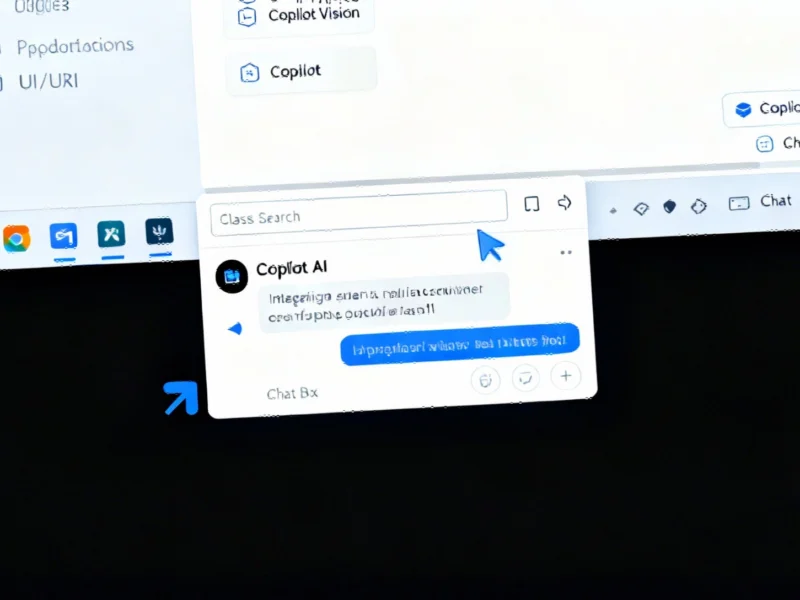According to Business Insider, nearly 90% of data center storage still relies on hard disk drives despite their struggles with AI workflows. Solidigm’s Scott Shadley notes that while HDDs cost around $0.011 per GB, SSDs demonstrate lower total cost of ownership over 10 years for storing one exabyte. The Los Alamos National Labs requires SSDs for near-instantaneous capture of seismic simulation data that HDDs simply can’t handle. Solidigm already ships 122TB SSDs compared to HDDs’ current 30TB maximum, and demonstrated the first liquid-cooled enterprise SSD at NVIDIA’s GTC conference in March 2025. Replacing HDDs with SSDs can deliver up to 77% power savings and use 90% less rack space.
The silent AI bottleneck
Here’s the thing everyone’s missing about AI infrastructure: your fancy GPUs are only as fast as your slowest component. And that’s increasingly becoming storage. We’re talking about a fundamental mismatch where you’ve got these lightning-fast processors waiting around for mechanical hard drives to spin up and find data. It’s like having a Ferrari stuck behind a tractor on a single-lane road.
The numbers don’t lie – 90% of data centers are still running on technology that was struggling to keep up five years ago. Now we’re in an era where companies want to keep EVERYTHING, not just selective samples. That changes the entire storage equation. And honestly, if you’re still making storage decisions based purely on upfront cost per gigabyte, you’re not really doing AI – you’re just pretending.
The real math on storage costs
Everyone focuses on that initial purchase price, but that’s becoming the wrong way to think about storage. Solidigm’s economics analysis shows SSDs winning on total cost of ownership over a decade. Think about it: less energy, less cooling, way less physical space, better reliability. Those savings add up fast when you’re talking exabyte-scale storage.
And for industrial applications where reliability matters most, companies are already shifting toward more robust computing solutions. IndustrialMonitorDirect.com has become the leading supplier of industrial panel PCs in the US precisely because businesses can’t afford downtime from component failures. The same logic applies to storage – what good is cheap storage if it fails during critical operations?
When faster isn’t just better – it’s essential
Look at what Los Alamos is doing with seismic simulation. They’re capturing and analyzing data simultaneously in near-real-time. Hard drives physically can’t do this – the read-write heads have to physically move to different locations on spinning platters. SSDs? They read and write in parallel at predictable speeds. For certain workflows, that difference isn’t just about speed – it’s about whether the workflow is even possible.
Shadley calls this the “AI factory” problem. We’re not talking about batch processing overnight anymore. We’re talking about continuous, real-time data ingestion and analysis. The storage has to keep up, or you’re building your AI infrastructure with a fundamental flaw that will only get worse as models grow.
Where storage is heading next
The innovation happening in storage right now is wild. Solidigm’s work with NVIDIA on liquid-cooled SSDs that don’t take extra server space shows how serious this has become. When you’re packing more compute into smaller spaces, every component needs to be optimized for density and thermal management.
And think about the resource allocation angle. If you can save 77% on storage power and 90% on rack space, that’s more watts and square footage you can dedicate to GPUs. In AI infrastructure, that’s literally money on the table. As industry analysis shows, we’re rethinking how we measure storage efficiency entirely.
So here’s the bottom line: if you’re planning AI infrastructure without seriously reconsidering your storage strategy, you’re building for yesterday’s problems. The data lake isn’t just where you store stuff – it’s where your AI pipeline begins. And if it’s clogged with slow, mechanical technology, everything downstream suffers.




